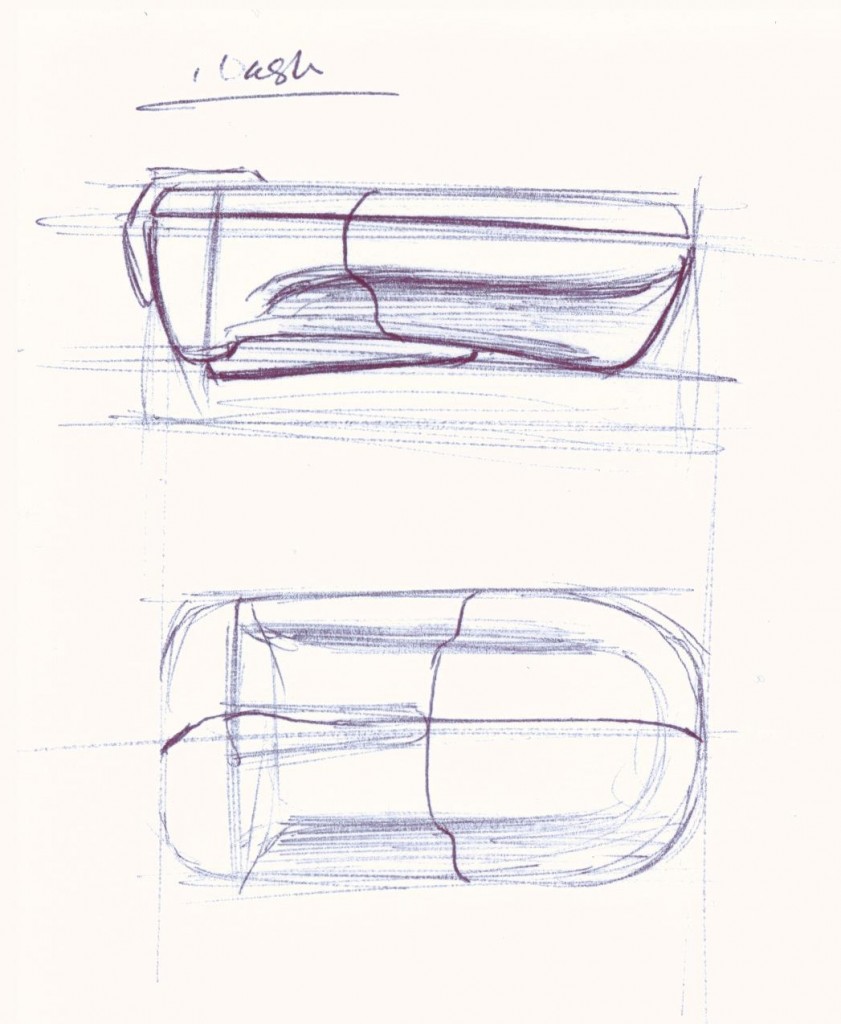
New products appear in company catalogs and on store shelves every season. We don’t often give thought to how they transformed from an individual idea to a tangible product. Remarkably, this mysterious process can be summed up in a few simple steps. Whether it is a new puzzle game or a complex valve for the space shuttle, there is a well-defined three-step route that nearly every product follows starting with a Conceptual Stage, followed by Prototype Stage, and finally the Production Stage. In this post, we’ll look at Step 1…
Conceptual Stage: Products start out as ideas which are often sparked by a challenge, competing product, gap in the market, inspiration from alternate industries, or the more unconventional “I woke up in the middle of the night with this great idea.” The first thing to do with this idea is write it down, move it from in-between your ears onto a piece of paper which, unlike humans, will never forget it. The conceptual stage has begun. Once on paper, an idea has hatched and can begin to grow. This is where brainstorming leads to the validation and the definition of the idea. Now’s a great time to be honest and ask some early questions: Does this already exist? Is there a market? Can it be made? What would it cost? What would I make it out of? Who would use it? What would it look like? Would people want it? And better yet, would they pay for it? Are there other ways of doing it? Should I protect it? Is it timely? Is it worth it?
The course of the product is often defined at this first and often least expensive stage. An industrial design sketch or conceptual CAD model at this stage may capture the look, materials and form which are carried all the way through prototype and production design. Many inventors only take an idea through the conceptual stage finishing with some quality sketches, renderings or perhaps an animation. At this point, the product concept is defined enough for market research, presenting to management, or attempting a licensing deal. However, in order to validate an idea or better sell the vision, one must often move into the Prototype Stage which we’ll explore in Part 2!
David Yakos is the VP, Director Creativity at Salient Technologies, Inc.

